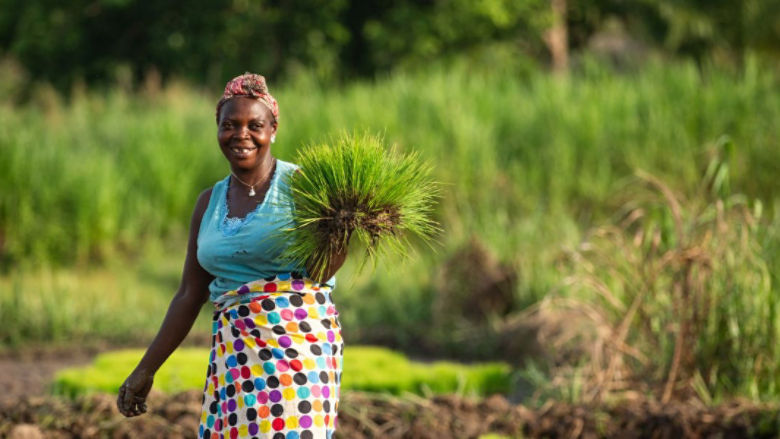Global poverty reduction has slowed to a near standstill, with 2020-2030 set to be a lost decade.
8.5 percent of the global population – almost 700 million people – live today on less than $2.15 per day, the extreme poverty line relevant for low-income countries. Three-quarters of all people in extreme poverty live in Sub-Saharan Africa or in fragile and conflict-affected countries.
44 percent of the global population – around 3.5 billion people – live today on less than $6.85 per day, the poverty line relevant for upper-middle-income countries. The total number of people living under this poverty line has barely changed since 1990 due to population growth.
Progress on shared prosperity has stalled since the pandemic, due to slow economic growth and a divergence in mean incomes. Today, incomes around the world, on average, would have to increase five-fold to reach the level of $25 per person per day, the minimum prosperity standard for high-income countries.
Around one-fifth of the world’s population lives in economies with high inequality, concentrated mostly in Latin America and Sub-Saharan Africa. Only 7 percent of the global population lives in countries with low inequality.
Climate change poses a fundamental risk to poverty and inequality reduction. Nearly 1 in 5 people globally are likely to experience a severe weather shock in their lifetime from which they will struggle to recover.
Climate change also threatens to increase global inequality, as poorer countries and people are likely to suffer more from the negative consequences.
Find out more: Poverty, Prosperity, and Planet Report 2024: Pathways Out of the Polycrisis
Last Updated: Oct 15, 2024









